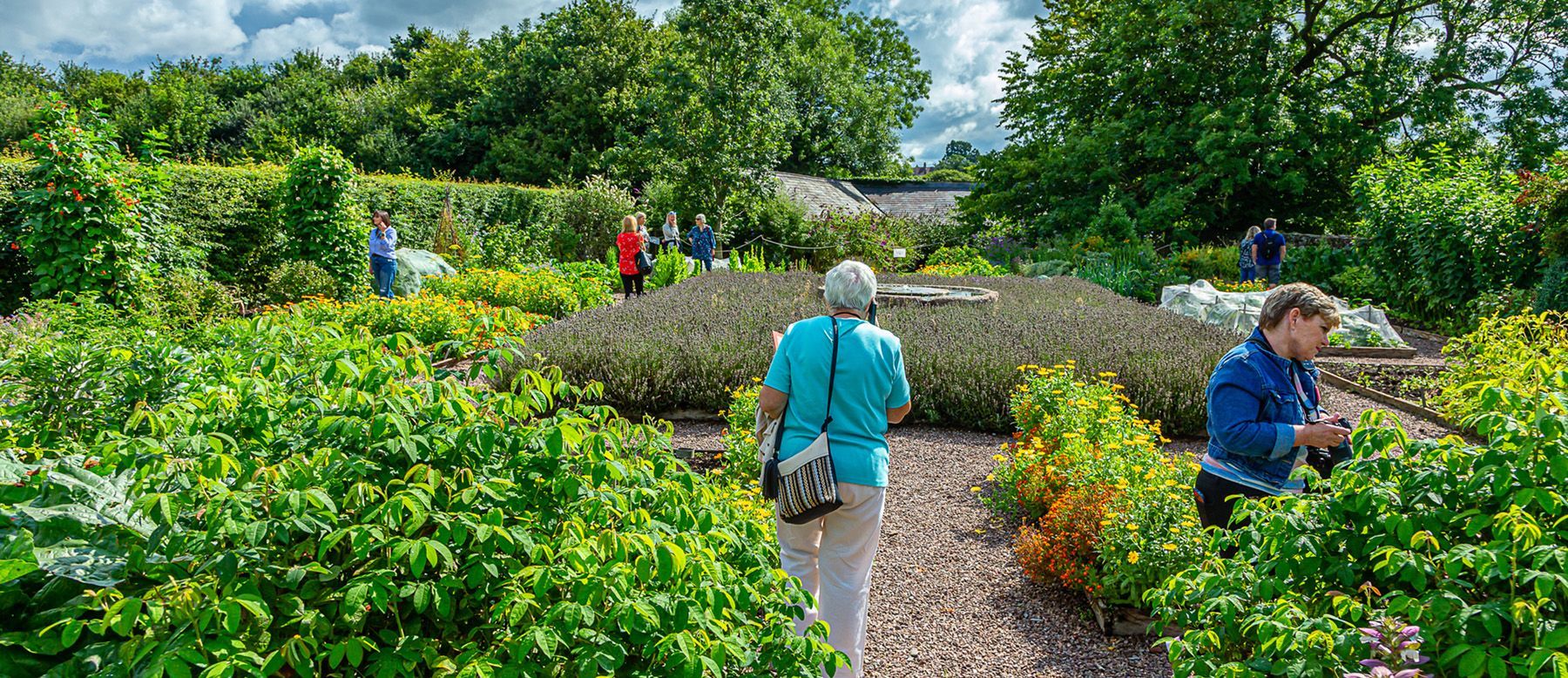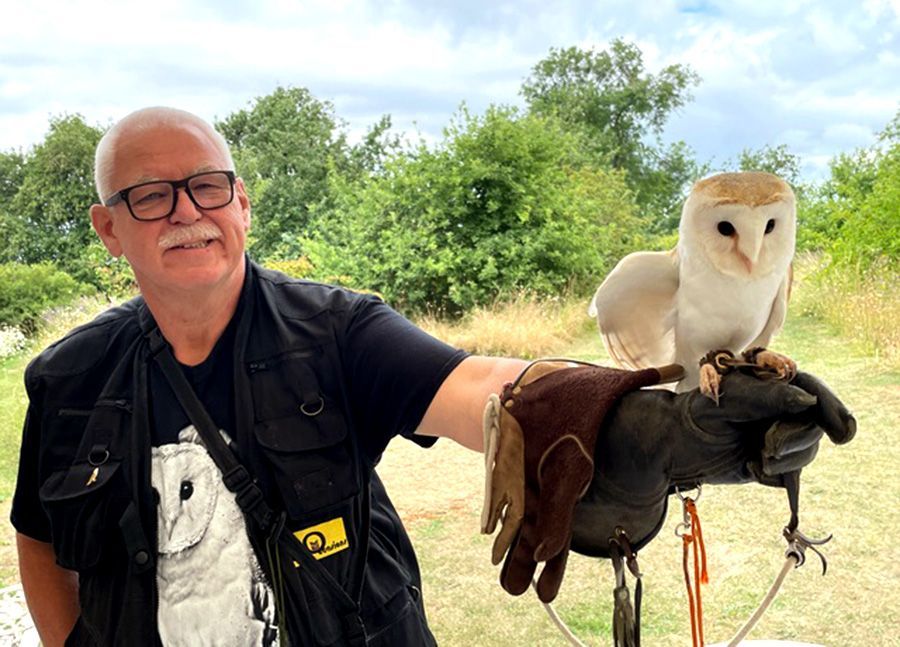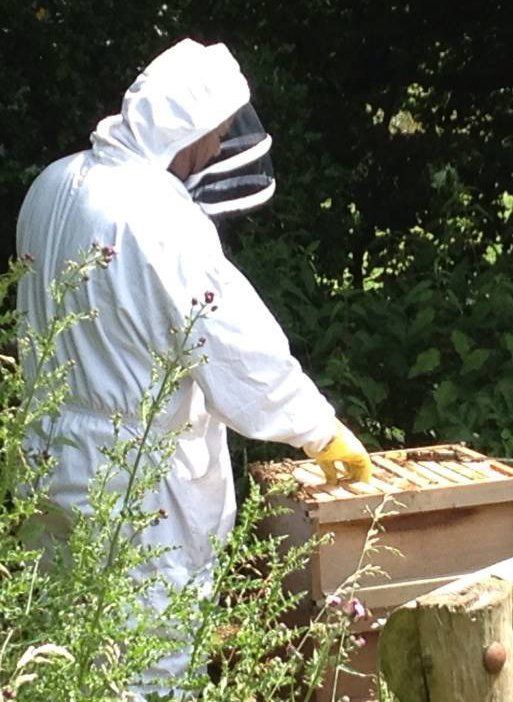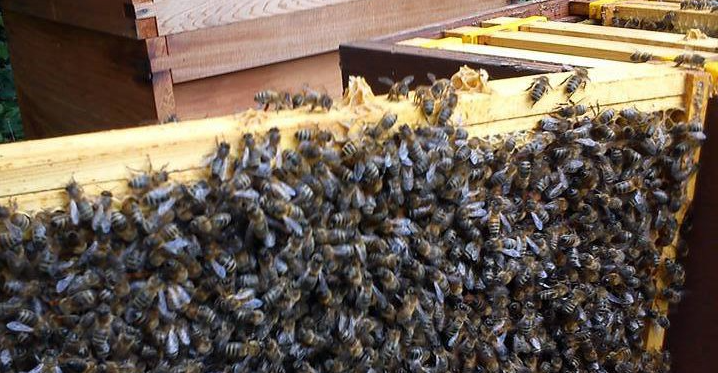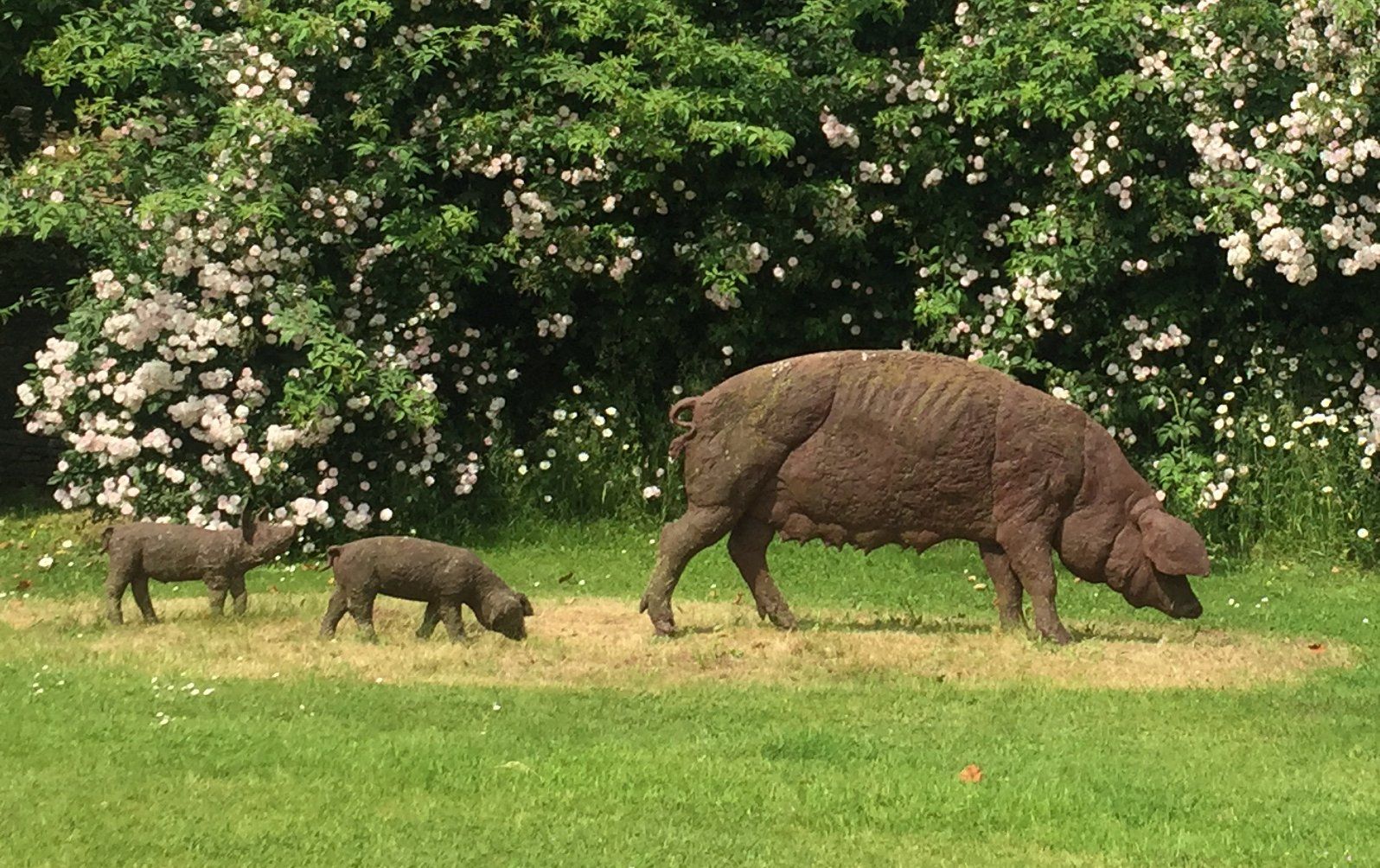House & Grounds Today
Find out about one of the most important Tudor buildings in England.
One of the most important Tudor buildings in the country… decorations said to be the finest of their kind in England.
The House
In 1535, one of England’s most colourful kings, Henry VIII, came to stay at Acton Court with his second wife, Anne Boleyn, while on his summer Progress around the West Country. The owner of Acton Court, Nicholas Poyntz, wanted to impress his sovereign, so for Henry’s pleasure, he built a magnificent new East Wing on to the existing moated manor house. The new wing was a splendid testament to Nicholas Poyntz’s loyalty to his King. He went to immense trouble and expense to impress Henry, decorating the state apartments lavishly and fashionably. He was well rewarded as it is thought he was knighted during the royal visit.
Today, the East Wing which was built in just nine months comprises most of what remains at Acton Court. It offers a rare example of 16th century royal state apartments and some decorations which are said to be the finest of their kind in England.
The Grounds
In the 16th Century, Acton Court had grand and extensive formal gardens. Today, the garden and grounds are part of the Scheduled Monument and as such are subject to limitations regarding works: digging especially is discouraged. Natural meadows that support native wildlife species have proved to be a good solution for the site. Head Gardener, Nic Jones cultivates a walled wildflower meadow and orchard, Old English and wild roses. He has also created an organic kitchen garden on medieval lines, which produces quality vegetables, culinary and medicinal herbs. The remaining 12 acres of grounds are managed as meadow and rough grassland which supports the owl population and the breeding barn owls in particular. Numerous native species of grasses and plants, some now quite rare in the UK, are featured and especially types that would have flourished in Tudor times.
Acton Court is an organic site and Soil Association Certified. Occasionally, fresh produce is available to visitors.
Hawks and Owls
The meadows and rough grassland at Acton Court provide a good habitat and hunting ground for birds of prey and other wildlife species. We are associated with the Hawk and Owl Trust and South Gloucestershire Owl and Bird of Prey Conservation whose volunteers work at Acton Court on a regular basis to try and maintain the ecological integrity of the fields that surround the house.
Bees
Andy Beebee, Acton Court's resident beekeeper manages the hives of honey bees in a natural and caring way. His ancestral name reflects his family’s involvement with bees throughout the centuries. Andy volunteers and raises funds for many bumble bee and honey bee events.
The bees forage around the meadows and orchards to pollinate the huge diversity of plants and crops providing an essential role in the local eco-system.
If you spot a honey bee on your visit to the Acton Court grounds, there is a good chance it is a resident bee working hard to collect nectar to make honey whilst helping keep the gardens healthy.
We have various types of hives to accommodate the bees in their important role, and with prior arrangement Andy will give a talk about the bees and accompany a visit to the hives, where the bees can be seen in an observation area.
Protective bee suits will be provided!
Sculptures
In the grounds, visitors can see full-sized cast-iron sculptures of the pigs and cows that would have supplied the kitchens in Tudor times. These are the work of acclaimed British sculptor Dido Crosby, who has also created an owl sculpture that hangs in the entrance building.


